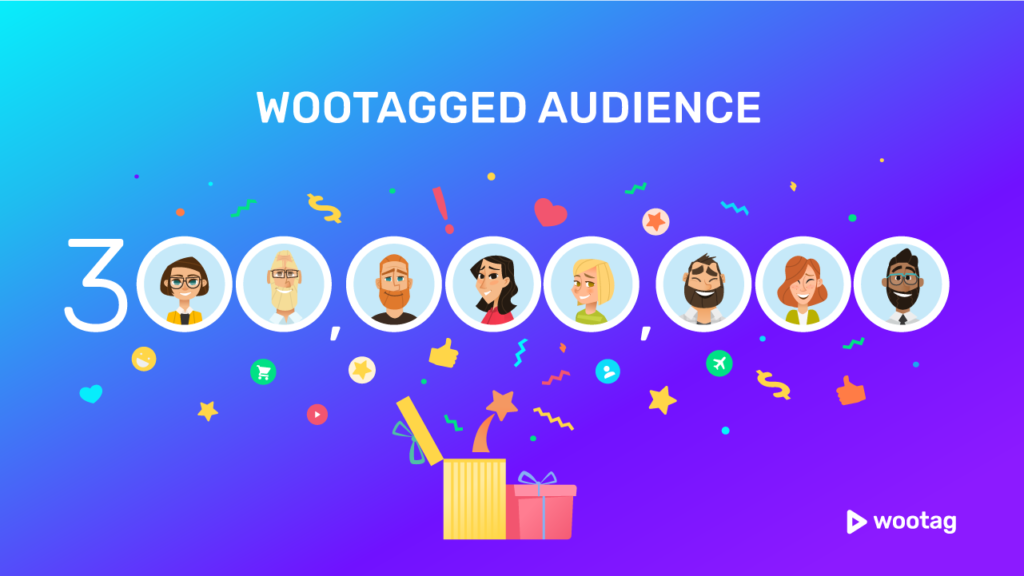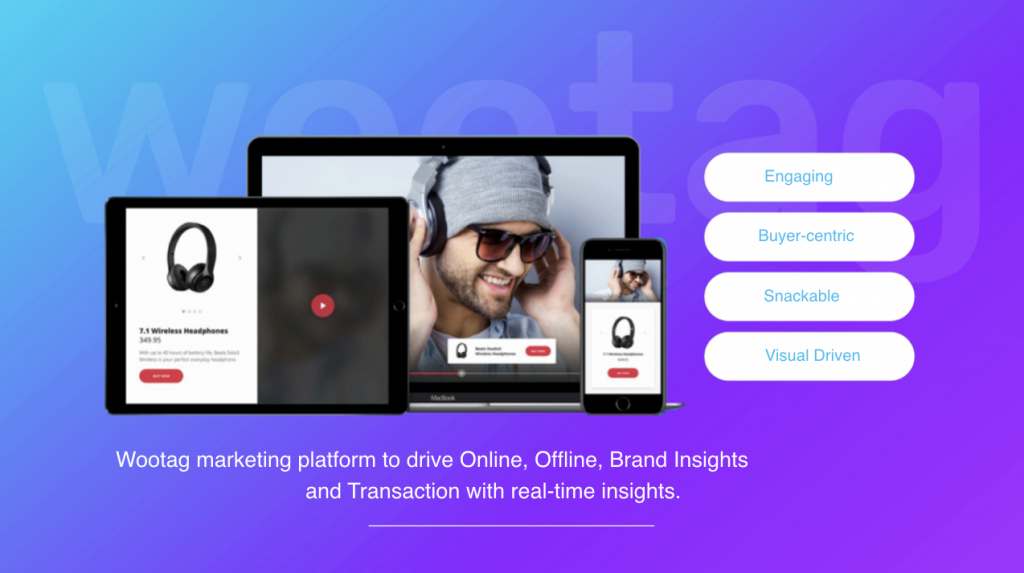The stakes for content that’s engaging, valuable and memorable are high – and interactive video is taking this tide by storm. As a viewer, going from passive consumer to being proactive in the driver’s seat is a bullet-proof way of remembering the content. Developing a meaningful and personalised relationship means understanding your consumer’s habits, paying attention to how they think and communicating with them so that it isn’t intrusive.
There are multiple ways you could use video storytelling to engage your consumer better be it gathering data and insights about your viewers, finding out how much your viewers know while watching or allowing brands to direct consumers to websites. With the right message framed and storytelling mapped, your video is a vessel for identifying targeted behaviours, tailoring to preferences and seeing end-to-end calls to action.
Here are some freshly minted examples of interactive storytelling driving consumers towards more satisfying user experience and meaningful brand recall.
Netflix: Viewers proactively shaping and defining their series of choice
The term “Netflix and chill” has long been a familiar one among today’s Internet-viewing generation who prefer consuming shows as and when they prefer. That might soon change to ‘Netflix and choose the character you’d like to follow”. Come January 2018, HBO will release Mosaic, a six-episode murder mystery by director Steven Soderbergh, of Traffic and Ocean’s Eleven acclaims.
To make the plot twists even more exciting, viewers can download an iOS or tvOS app and participate in a rotating branch narrative where the ending differs depending on the viewer’s choice. They will get to select which “choice moment” and from whose perspective they wish to continue watching the series.
In an interview with the Verge, Soderbergh describes himself as a fan of the branching-narrative format, as it has a sense of realism which invites viewers to share the experience of a film editor. It is straying away from the “Choose your Own Adventure” gimmickry and provides just enough interactivity to enhance the narrative without making it feel like a rushed video game.
Reebok and Nordstrom: Consumers having a more immersive, multi-dimensional experience through brand interactions
The brand experience is evolving from a flashy, out of reach campaign to something that is more relevant and attuned to the ever-changing needs of today’s customer wherever they are. Consumers today can have more styling information, personalised service and perceive time in a different way.
Shoppers can consult professional stylists and select curated outfits through Nordstrom’s Local store that comes without merchandise. Services at the location include on-site alterations and tailoring, same-day delivery and manicure services and tired customers can put their feet up with a glass of wine or beer whilst deliberating their next purchase.
Reebok, in a bid to revive their brand, turned to inspirational storytelling that empowers consumers and lifts its brand. A motivational video about inspiring viewers to make the most out of every day of their lives sees a woman running the Spartan Race by Reebok in reverse ageing, from her current state to a high school cross-country runner to her first day as a newborn. With a dynamic soundtrack and powerful narrative, the video leads viewers to Reebok’s website to “calculate the days” they have and stock up on athletic gear that can maximise their years ahead.
Toyota: A brand shift that position itself as a master of mobility
Toyota is committing itself to a new brand position of championing mobility. It launched a “Start Your Impossible” campaign that will see the brand shift from vehicles to overall mobility. The new video campaign “Mobility for All” not only features both disabled and physically abled people using Toyota products that make their daily life more agile and dignified but also has futuristic products that will make you sit up and notice.
In addition to showcasing devices like the Human Support Robot (an arm-like machine that assists the elderly with everyday activities at home) and a wearable robotic leg brace, the campaign features machines such as the iBOT, a “modular personal mobility platform” that uses gyroscopes and “sophisticated sensors” to keep the wheeled chair in balance. Despite not yet being for sale, the products are intended to showcase a new way of innovation and problem-solving for individuals with mobility challenges.
Nestle: Working with artificial intelligence and video analytics to push their brand forward
Engaging the shopper, be it online or offline, is something Nestle aspires to be distinctive and recognised for. In a cluttered retail space with limited attention spans, CPG brands including Nestle are thinking of ways to present the brand story in the most compelling and arresting way possible.
Nestle collaborated with Anthem to push new animations to their stores, with the flexibility of input from any store or market regarding creative direction. In this way, the marketer is able to redefine the consumer experience according to the occasion be it promotions, events, seasonal and cultural holidays or shopper insights. Incorporating augmented reality and projection work allowed them to capture the attention of Nestle consumers in the aisles and shelves.
Collaborating with Wootag allowed Nestle to create brand awareness, product variant benefits and deliver a human touch for digital experiences. Allowing viewers to choose from a range of user-friendly call to actions, Nestle delivered a balanced experience where the brand taps on the interactive experience to create relevance and personalisation that stands out. Furthermore, it allows users to build their momentum in viewing and provides an autonomous purchase decision that is simple and fast, without leaving the video.
Technology Shifting the Consumer Journey
As consumers expect products to create solutions and tell stories that are more innovative and culturally relevant, technology needs to engage shoppers in other ways. These include involving users to participate in storytelling, locking an emotional contagion, giving them the onus to select their point of purchase or embracing their cultural authenticity.






